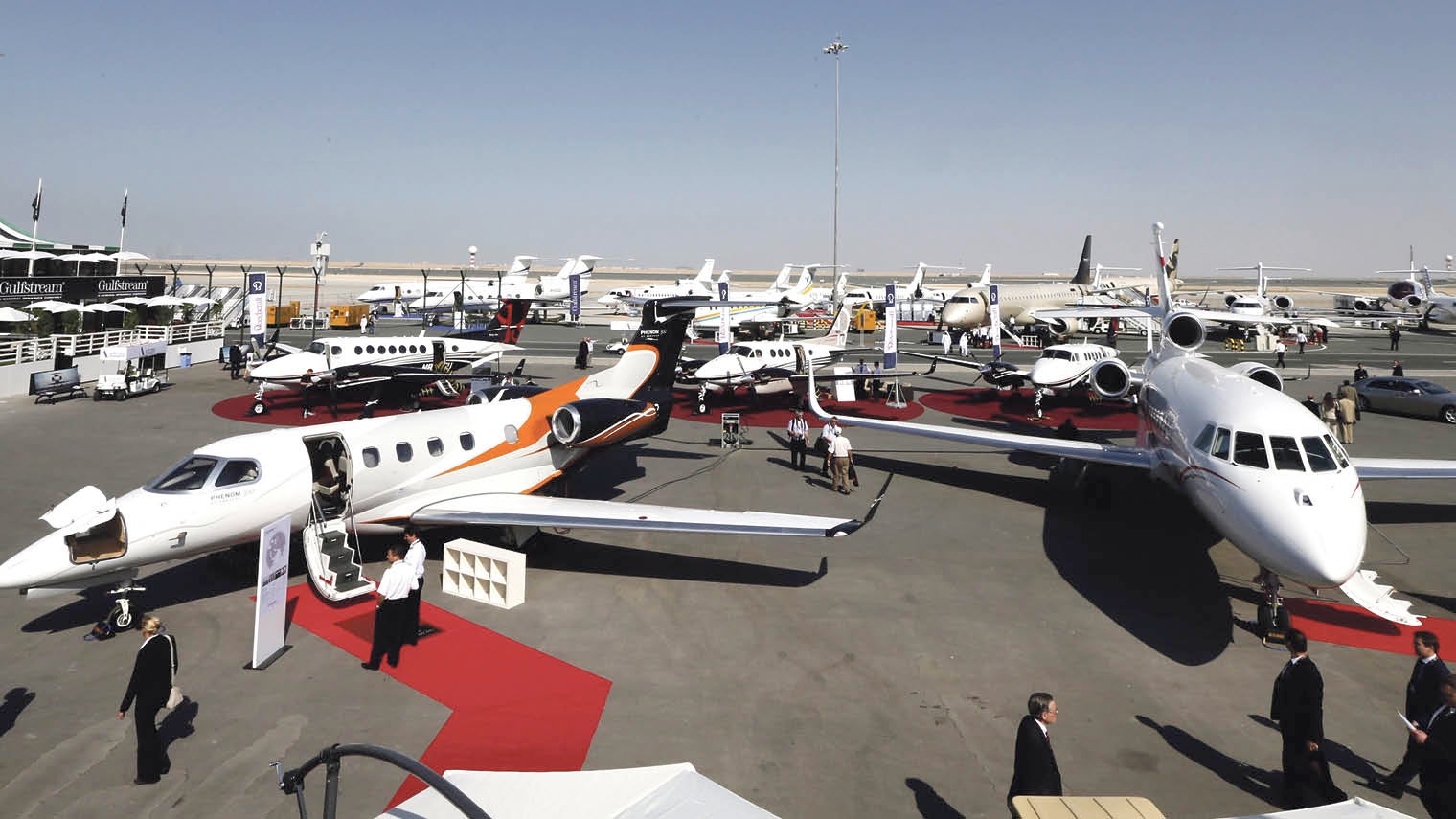When Dubai overtook Heathrow to become the busiest international airport in the world in 2014, the global aviation industry’s centre of gravity shifted eastwards.
Since edging ahead, the emirate’s hub has widened its lead and last year accounted for 83.6 million passengers, compared with Heathrow’s 76 million. If a $32-billion project to expand the Gulf state’s second airport, Al Maktoum, progresses as planned, Dubai could become the most important international hub by a distance. The Dubai World Central (DWC) airport, as it’s also known, is forecast to have capacity for 200 million passengers a year by the mid-2020s.
Challenges
But the development of aviation in the Middle East hasn’t been straightforward. Plans for the new Dubai airport slowed after the oil state had to grapple with recession in 2009. And although passenger numbers at Dubai International continue to grow, Reuters analysis shows that the 7.2 per cent increase recorded last year was its second slowest annual growth rate in the last eight years.
Oxford Economics research published in 2015 showed that the average flight in the Middle East was delayed by 36 minutes. More worryingly, the consultancy projected that failure to address issues related to air traffic control would see the average delay increase to 59 minutes by 2025, costing the region $16.3 billion in international trade and investment in the process.
With oil prices still plumbing the depths and around a quarter of Dubai’s GDP accounted for by the aviation industry, it’s a problem that the emirate and its close neighbours can ill afford.
“Airlines are ordering many aeroplanes. New airports and runways are being built, but this hidden infrastructure of the airspace and air traffic management hasn’t developed at the same speed,” says Alan Corner, a director at Helios, a consultancy that has been engaged by the Gulf Co-operation Council to help harmonise air traffic management across the six GCC states. “It’s much harder to fix something you can’t see.”
According to John Grant, senior analyst at OAG, which provides digital flight information to airlines, part of the difficulty for Dubai is that the airport is in operation 24 hours a day. By contrast, Heathrow schedules take-offs and landings between 6am and 11pm, and manages to fit more aircraft movements into a single hour – 86 to Dubai’s 61. “While they don’t have that same peak [in Dubai], they always have quite a lot, so their ability to catch up becomes less,” says Mr Grant. “The punctuality is not as good as you would expect it to be.”
There are other problems, too. Dubai, Abu Dhabi and Doha airports are all major hubs for Emirates, Etihad and Qatar Airways, respectively. So, Mr Grant says, a large percentage of Middle Eastern airports’ incoming passengers have a connecting flight to catch. As a result, delays to inbound flights have knock-on effects.
What’s more, Dubai has to accommodate its growing fleet of vast double-decker Airbus A380 aircraft, which should soon reach 142. “That big aircraft lumbering up into the sky creates a vortex,” says Mr Grant. Planes flying behind the largest passenger plane in the world need to leave sufficient separation distance, which means the airport’s ability to land the same number of aircraft in the same hour is reduced.

Visitors at the Middle East Business Aviation event at Dubai’s Al Maktoum Airport
Solutions
In October 2016, Dubai Air Navigation Services reported that the implementation of a new approach peak offload procedure to optimise the arrival of planes of different sizes increased the average number of air traffic arrivals during peak hours from 33.2 to 34.8. But more could be done, says Omar Hashmi of route development consultants ASM.
The best chance of significant progress may be for the various states in the region to work together. “The Gulf states need to collaborate with their neighbours to fix problems,” says Mr Corner at Helios. “Otherwise you just move the bottleneck further on.”
New airports and runways are being built, but this hidden infrastructure of the airspace and air traffic management hasn’t developed at the same speed
In Europe, where the European Commission has encouraged collaboration between nations, aircraft are managed by Eurocontrol, which effectively creates a single air traffic control region. “In the Middle East, that doesn’t happen,” says Mr Corner. “But the GCC’s priorities are greater interoperability, harmonisation and standardisation between the Gulf states. If we work together we can start to address this and come up with solutions that specifically meet the needs of the GCC states.”
According to the director general of the United Arab Emirates Civil Aviation Authority Saif Mohammed Al Suwaidi, talks to centralise the traffic management of GCC countries are at a very advanced stage.
But he says: “Our problem is not coming from our end. Our problem is mainly coming from neighbouring countries as they are not allowing us to accommodate the traffic we generate and this is the main problem.”
Challenges

